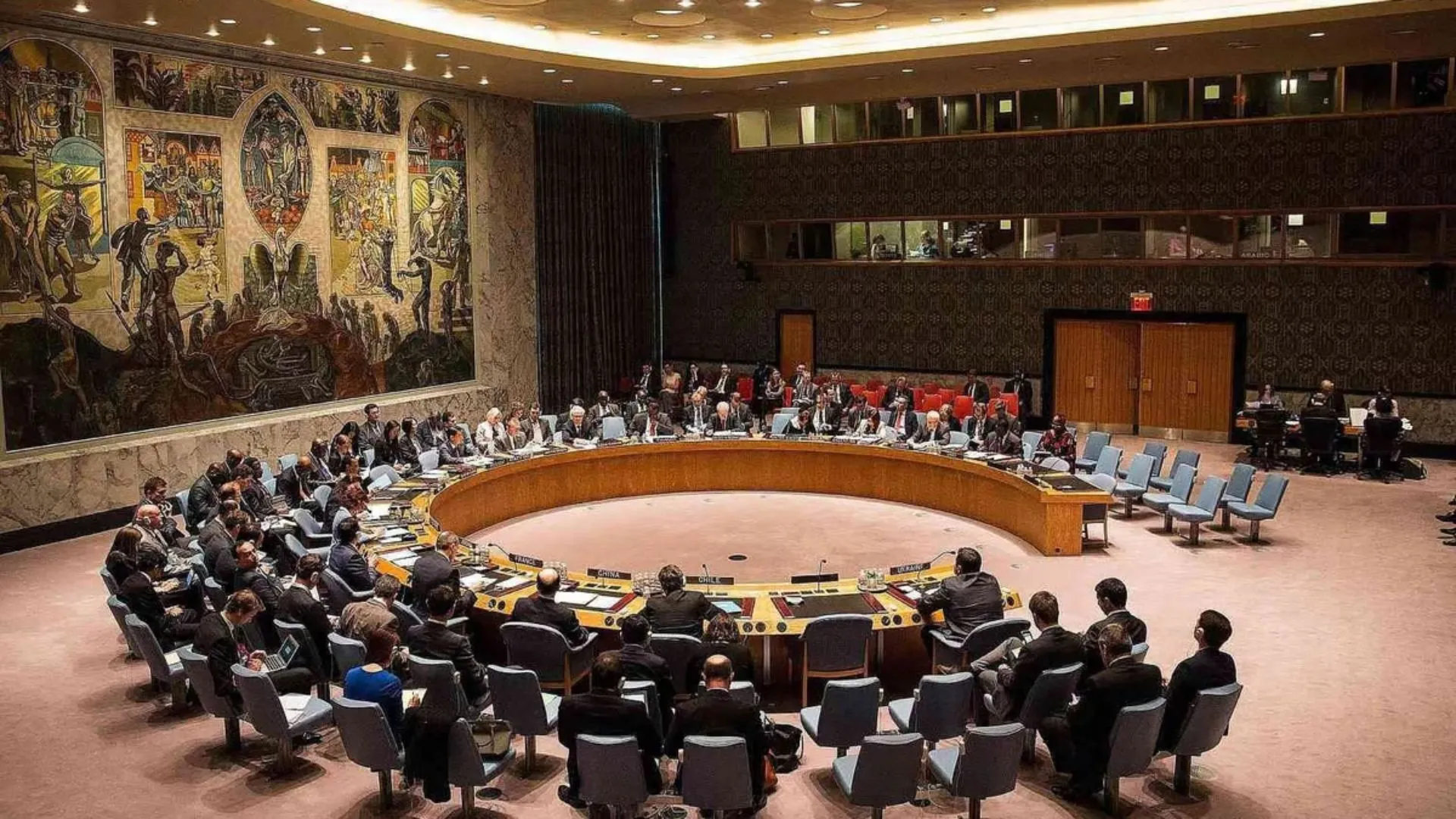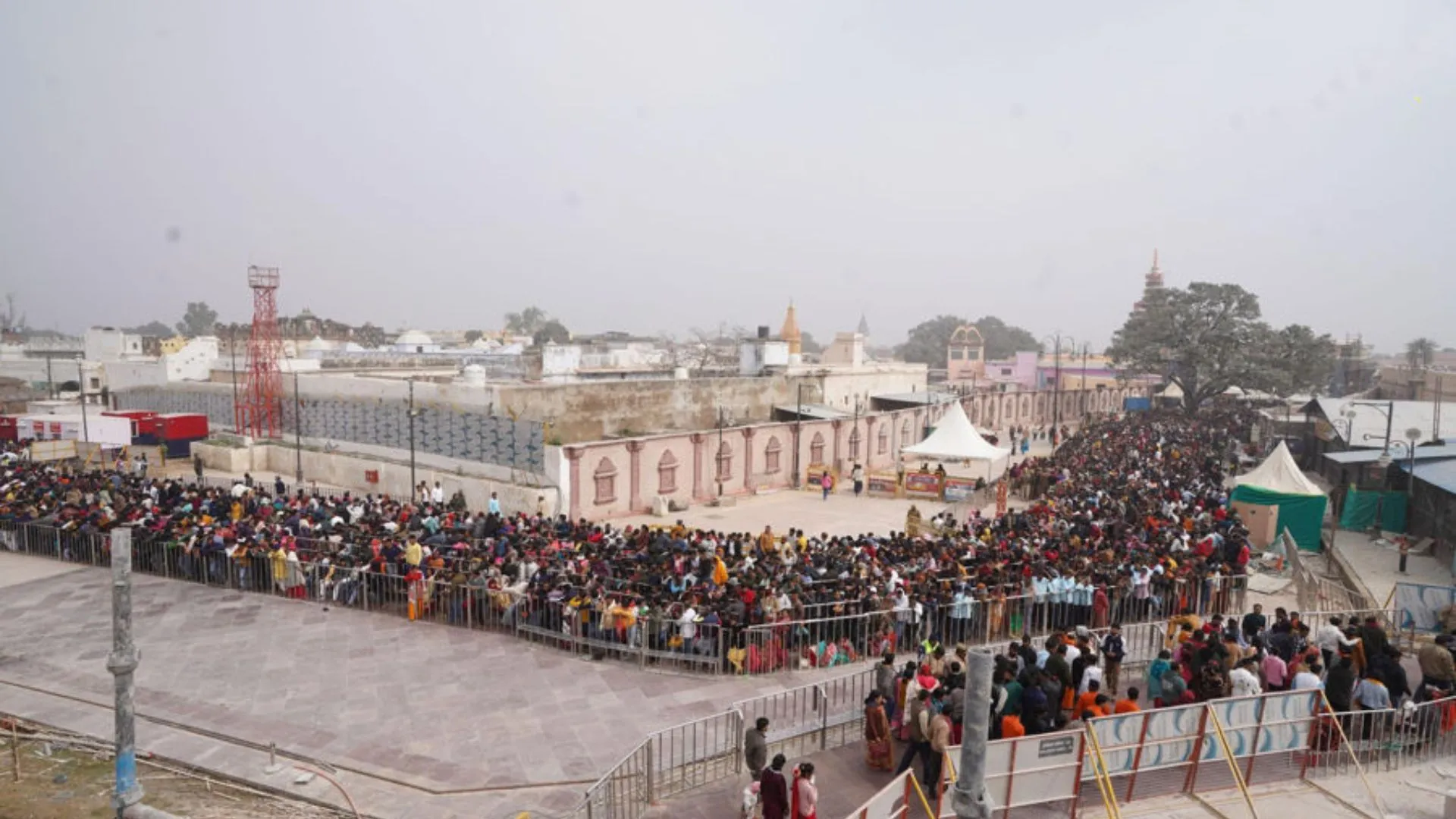National Capital Delhi continues to witness declining air quality these days during the changing climate along with other factors which has put the lives of people at stake, particularly of patients suffering from pulmonary disease. Apart from environmental conditions, several other factors are also responsible for increasing air pollution. In this series, stubble burning is also considered responsible for increasing pollution. In wake of this, a debate on effectiveness of the steps taken in Punjab and Haryana to controll continues to prevail. Punjab and Haryana are also considered directly responsible for the deteriorating air quality of Delhi. But Haryana succeeded in curbing incidents of stubble in a large scale. In a period of three years, there has been a considerable two to two and a half times reduction in the incidents of stubble burning in Haryana. In this context, it is worth stating that out of the total incidents of the occured so far , more than 50 percent reported in three districts of the state. Besides, a large number of new cases have also been reported in the districts falling on the Gat Road belt.
Of all the incidents of stubble burning that have been reported so far, more than 20 percent surfaced in Fatehabad district adjoining Punjab alone. A total of 1940 incidents of stubble burning have been reported so far in Haryana, out of which 461 cases have been reported in Fatehabad followed by Jind and Kaithal with 290 and 260 cases respectively is at second place with 290 followed by Kaithal
After this, maximum cases have been reported in the districts falling in the GT Road belt. As many as 185 cases were reported in Ambala followed by Kurukshetra, Karnal, Hisar Yamunanagar, Sonipat and palwal with 151, 113, 89, 87, 66 and 57 cases respectively. In continuation to aforesaid, five of the districts including Rewari, Charkhi Dadri, Nuh, Gurugram and Mahendragarh reported no case of stubble burning while remaining districts witnessed a sizable decrease in fresh cases which is relieving to some extent.
It has come to fore that the cases of stubble burning have decreased by two and a half times in last three years, whereas in neighboring Punjab, the situation is very worrying, where the cases have increased many times in the last 3 years. According to the data, in the year 2021, 4216 cases of stubble burning were reported in Haryana. After this, 2576 cases of stubble burning were repeated in the next year. In this regard, more than 16 hundred cases were decreased in one year. Whereas in 2023, 1940 cases have been reported so far. Thus, more than 6 hundred cases have decreased compared to last year.
The situation is opposite in neighboring Punjab and cases of stubble burning have increased continuously there.
About 80 thousand equipments are working to prevent stubble burning as well as for its proper management. Also, the government is giving subsidy up to 65 percent on the purchase of equipments being used to prevent pollution.But despite this, incidents of stubble burning are being reported. It is not possible to stop them completely. It is noteworthy that apart from the above, farmers get an incentive amount of Rs 50 per quintal for making straw bales. If a farmer takes straw bales to the ethanol plants of Karnal and Panipat, he is given an incentive of Rs 2000 per acre and if a farmer takes the straw to cow sheds, he is given an incentive of Rs 1500.
The government has so far spent Rs 600 crore on stubble management under different heads. Farmers who do not burn stubble are being given an incentive amount of Rs 1000 per acre, while Rs 786 crore has been spent under the subsidy of Rs 7000 per acre for growing other crops instead of paddy.
A total incentive amount of Rs 14 thousand 500 per acre is being given.a total incentive amount of Rs 14 thousand 500 per acre is being given. This includes Rs 7000 per acre given for crop diversification under the Mera Pani Mero Am Virasat Scheme and Rs 4000 per acre for sowing of seed paddy. To control pollution, BS-3 petrol and BS-4 diesel vehicles will be banned in NCR areas of Haryana till November 30.
















